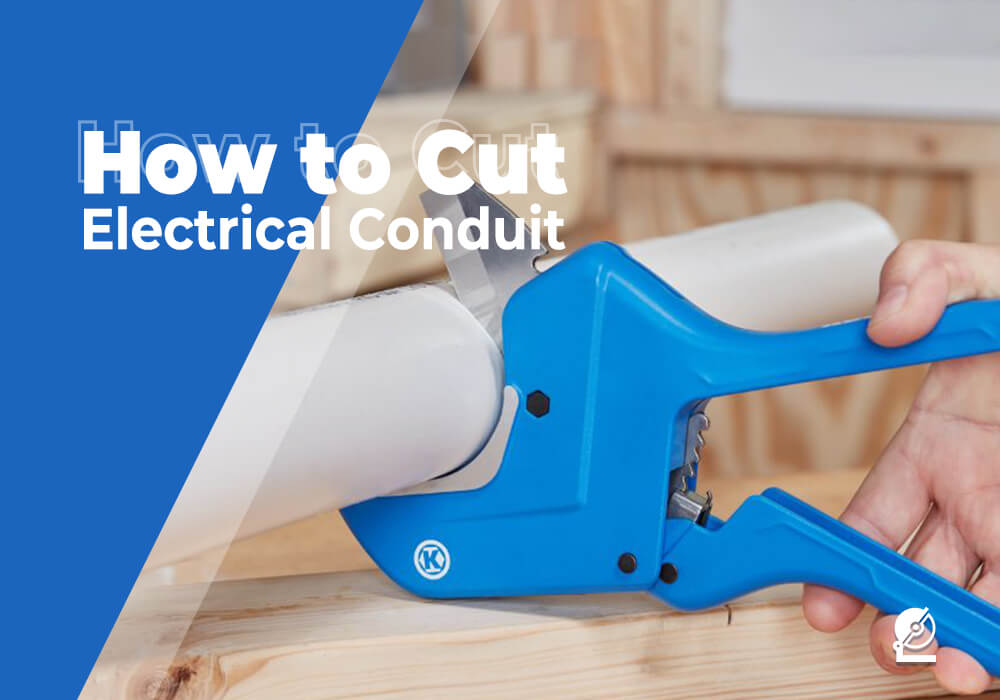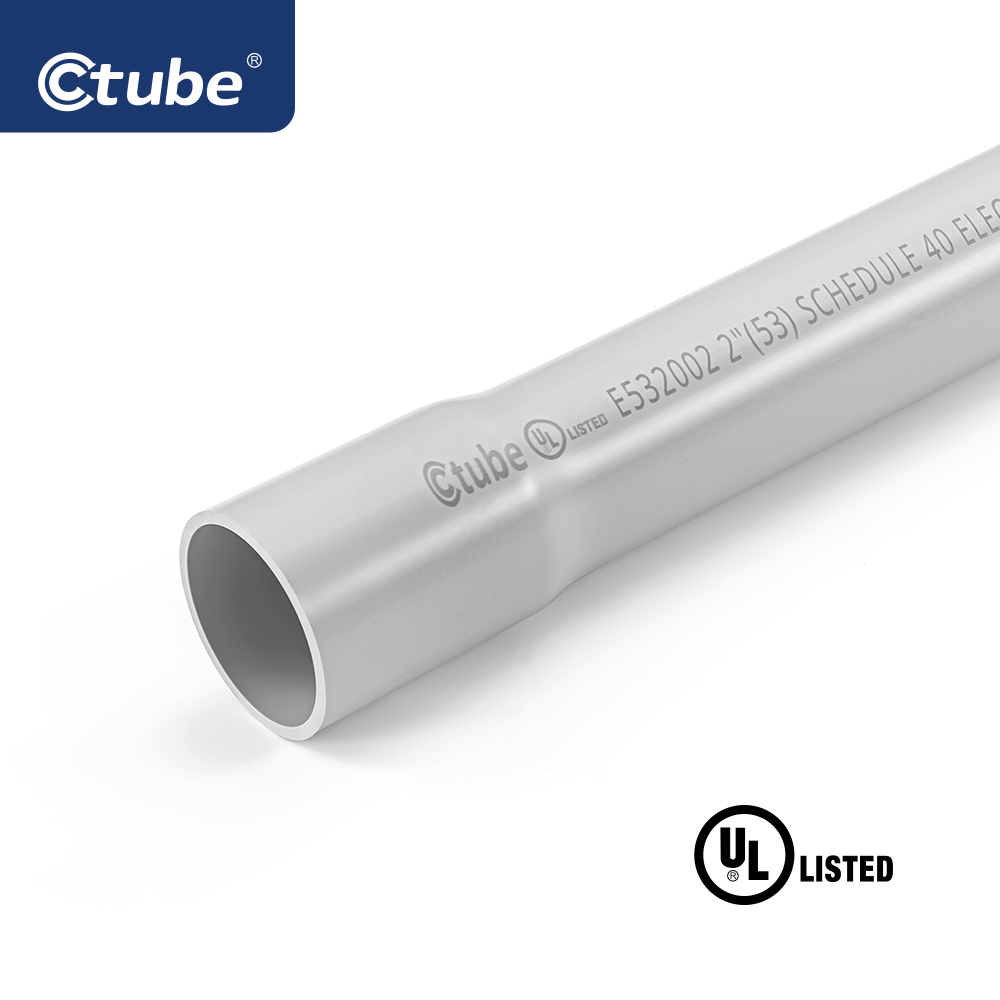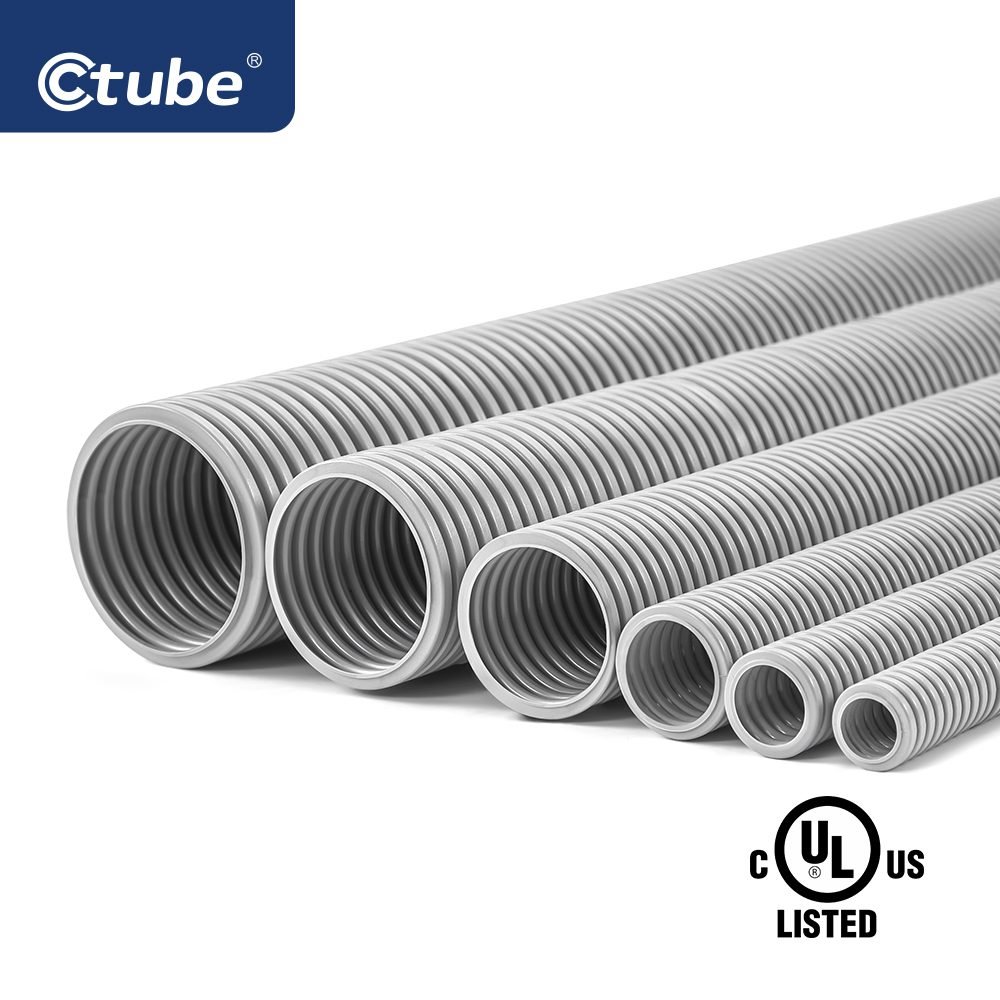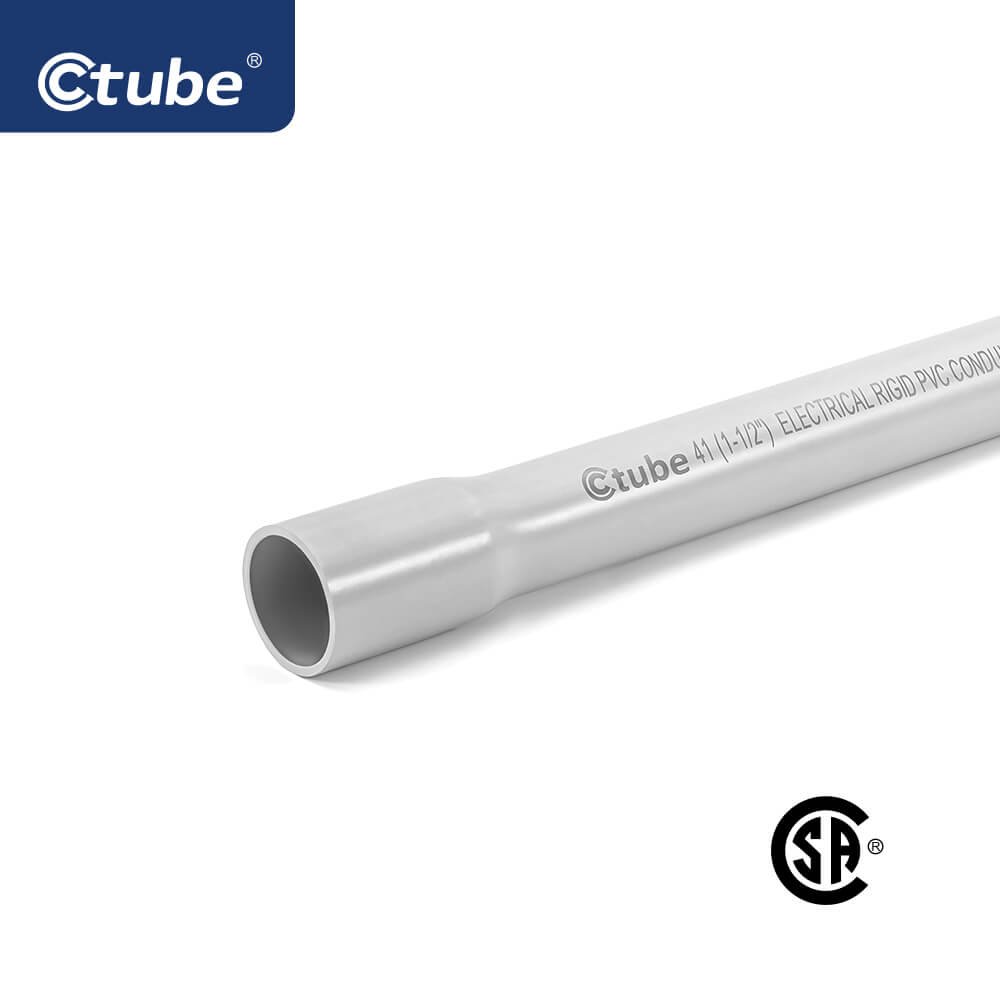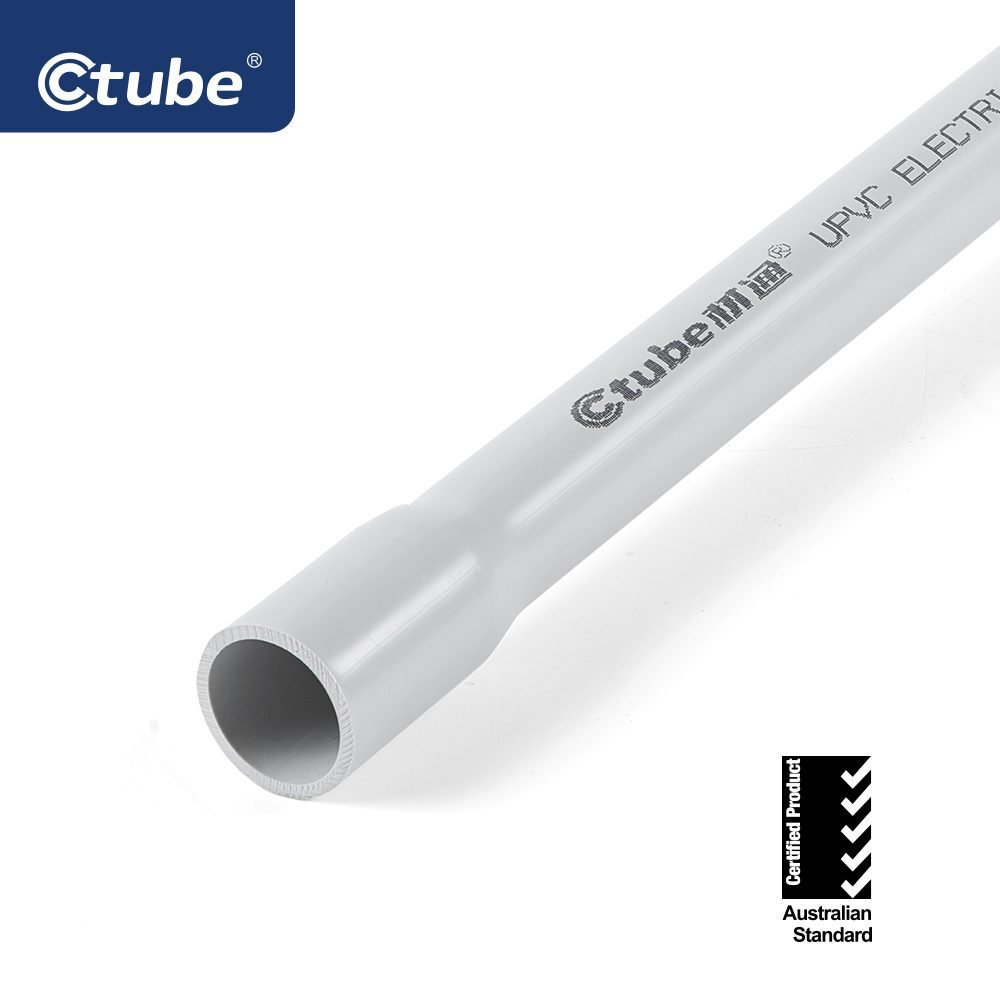The electrical conduit is a material utilized for safeguarding and directing electrical wires. Being proficient in cutting electrical conduit is a necessary skill, regardless of the intended purpose. While electricians regularly cut electrical conduit, you don’t necessarily have to hire one to do it for you. By reading this article, you can acquaint yourself with various types of electrical conduit and follow the detailed instructions to cut it to the required length.
Table of Contents
ToggleThere are various materials used for electrical conduit, including metal, plastic, and fiber. Different types of metal electrical conduit are available, such as electrical metallic tubing (EMT), rigid metal conduit (RMC), intermediate metal conduit (IMC), and galvanized rigid conduit (GRC). EMT, which is a thin-wall conduit, does not have threads and requires clamp-like fittings to connect it. EMT can be made from coated steel or aluminum, but aluminum conduit cannot be embedded in concrete due to a reaction with the alkalis in cement.
On the other hand, RMC, GRC, and IMC are thick-wall conduits made from stainless steel, coated steel, or aluminum. GRC is the thickest of these materials and is galvanized to provide protection from impact damage. Additionally, non-metal conduit options include plastic, fiber, and fired clay. PVC, a petroleum-based product, is a popular non-metal material used for electrical conduit due to its durability, moisture and corrosion resistance, and lightweight. PVC electrical conduit is attached through slip-on, solvent wedded connection and does not require interior threads.
Lastly, fiberglass conduit, technically known as reinforced thermosetting resin conduit (RTRC), is almost as supportive as steel but lighter and less expensive. Epoxy is used to connect fiberglass conduit to other conduits and fittings.
How to Cut Electrical Conduit
There are four different methods available to cut electrical conduit, regardless of its material. Two of these methods are manual, which are hacksaw and tubing cutter, while the other two require power, which are angle grinder and reciprocating saw.
Using a hacksaw
which is a hand-operated saw that requires some effort to operate. To use a hacksaw, start by drawing a cut line on the conduit using a contrasting color marker to clearly indicate where to cut. Next, select a bi-metal blade with a fine-toothed blade for fiberglass, a blade with 18-24 teeth per inch (TPI) for PVC conduit, and a blade with 24-32 TPI for a smoother edge on metal conduit. Then, place the blade of the hacksaw on the cut line and grip the conduit with one hand while holding the hacksaw’s handle with the other. Move your arm back and forth, using your shoulder joint to generate movement and gentle downward pressure to make the cut.
Using a tubing cutter.
These cutters are shaped like a C, with a blade inside the curve of the C and a knob to tighten the cutter around the conduit. This method is ideal if you want to make a perfectly square cut with minimal time and effort. Here are the steps to follow:
- Measure and mark your cut. Use a measuring tape and a permanent marker to identify the spot on the electrical conduit where you want to make your cut.
- Clamp the conduit. Tubing cutters rotate around the conduit, so you’ll need to hold it steady for this method to work. Use a vise or a clamp to firmly attach the conduit to a stable surface.
- Attach the cutter. Place the tubing cutter around the conduit and tighten it until the blade is pressing lightly against the surface of the conduit.
- Spin the cutter. Rotate the cutter around the surface of the conduit until it’s back where it started.
- Tighten the cutter. Use the knob to tighten the grip of the tubing cutter, realigning the blade. Rotate the cutter once more around the conduit.
- Keep spinning. With each rotation, tighten the tubing cutter slightly. As you rotate and tighten, the blade will slowly cut through more of the conduit, eventually shearing it off in a clean and precise cut.
Using an Angle Grinder
An angle grinder is a power tool with a rotating disc or blade that can efficiently cut through conduit of any material.
- Mark your cut line. Use a permanent marker to draw a line where you want to make your cut. Then, wrap tape around the conduit to use as a visual guide, ensuring a straight cut.
- Secure the conduit. Use a clamp or vise to hold the conduit in place, preventing it from spinning while you cut.
- Attach the appropriate blade. Choose the right blade for the material you are cutting. For instance, use an aluminum oxide wheel to cut mild steel or aluminum conduit, while a diamond-tipped blade is suitable for stainless steel conduit. A wood and plastic blade works for PVC, and a carbide-tipped blade is best for fiberglass.
- Test the blade. Check the blade for any defects or wobbling by running the angle grinder at full speed for one minute without cutting any material.
- Protect yourself. Wear a face shield or eye goggles to protect your eyes from sparks and debris. Always use both hands to operate the angle grinder, and make sure you are using it in a safe location, away from flammable materials.
- Square and deburr. Once you have made your cut, use a bench grinder to smooth and flatten the end of the conduit. A rasp can be used to remove burrs from the inside of the conduit, creating a smooth surface
Using a Reciprocating Saw
Reciprocating saws use a back and forth, push/pull motion to cut through conduit quickly and with less burr than an angle grinder. Here’s how to use one:
- Mark the cut line. Use a measuring tape and a permanent marker to mark the desired length of your cut line. Then, wrap a piece of tape around the conduit to provide a visual guide for the saw’s blade.
- Choose an appropriate blade. A bi-metal blade is a good all-around choice for cutting various types of conduit. For PVC, you can use a cheaper blade made from high carbon steel (HCS). High-speed steel (HSS) blades can be used for cutting aluminum conduit. And for fiberglass, use a carbide-tipped bi-metal blade.
- Start the cut. Placing the blade of the saw on the cut line, keep the conduit close to the saw’s motor housing. Then, squeeze the trigger to start the saw’s blade moving.
- Finish the cut. Allow the saw to work its way through the material. You shouldn’t need to exert any force on the blade, just gentle downward pressure. Keep the saw under control as you cut, so the blade doesn’t fall when the conduit separates.

